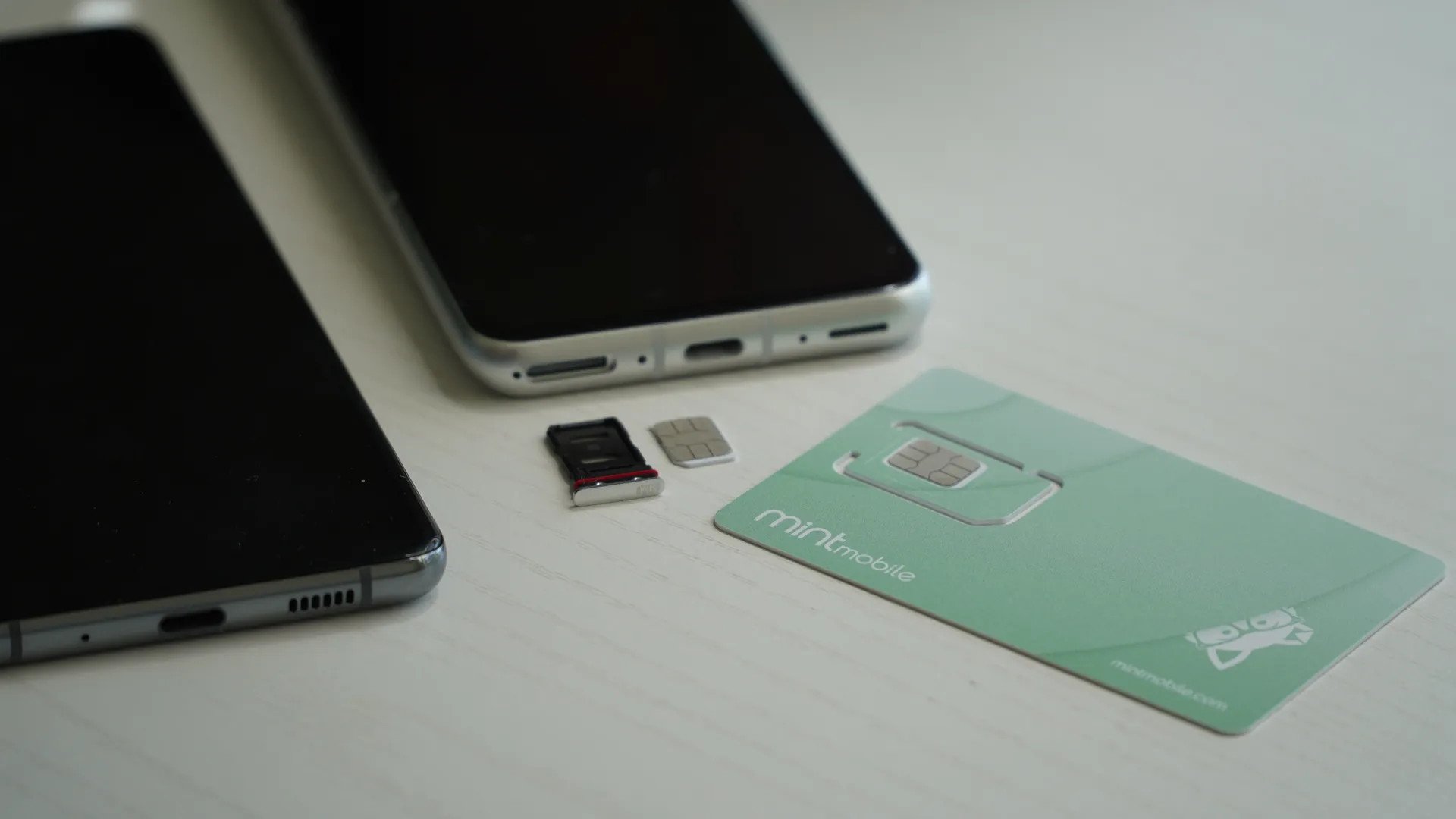Samsung Galaxy S6 versus iPhone 6: Camera shootout!
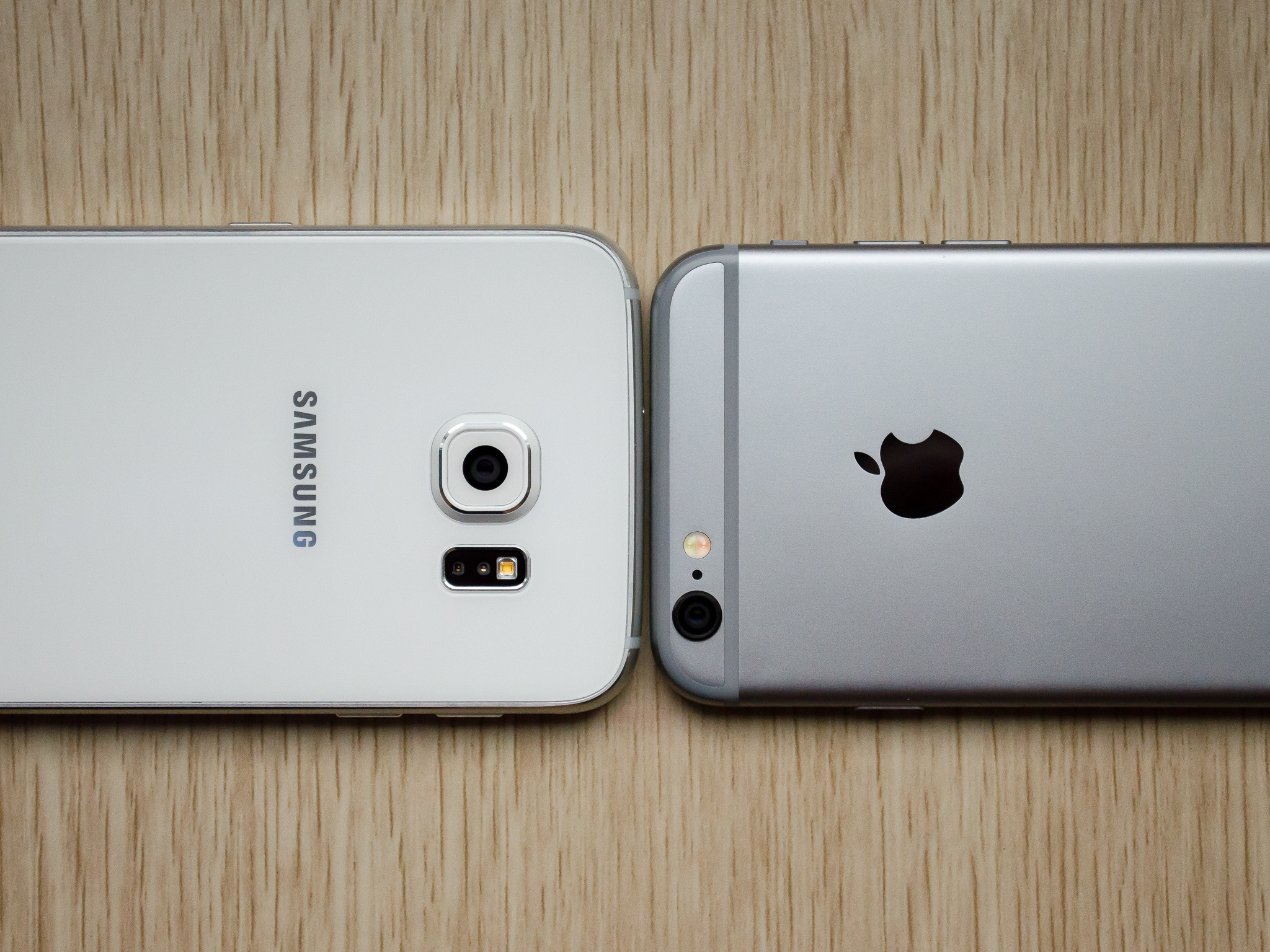
Advancements in smartphone photography prowess have turned everyone into a photographer, and while taking a great photo isn't just about the device you use it certainly doesn't hurt to have the best technology available. Both the Galaxy S6 and iPhone 6 represent the top end of what's available in terms of smartphone camera technology, giving you plenty of potential to work with when capturing the moments that matter to you. Naturally we wanted to put these smartphones to a test, then, to see which can do better in a variety of photography situations.
Will the Galaxy S6 or iPhone 6 come out on top? We tested both to see which phone does the best in common photography situations.
READ NOW: Galaxy S6 versus iPhone 6: Camera shootout
Testing method
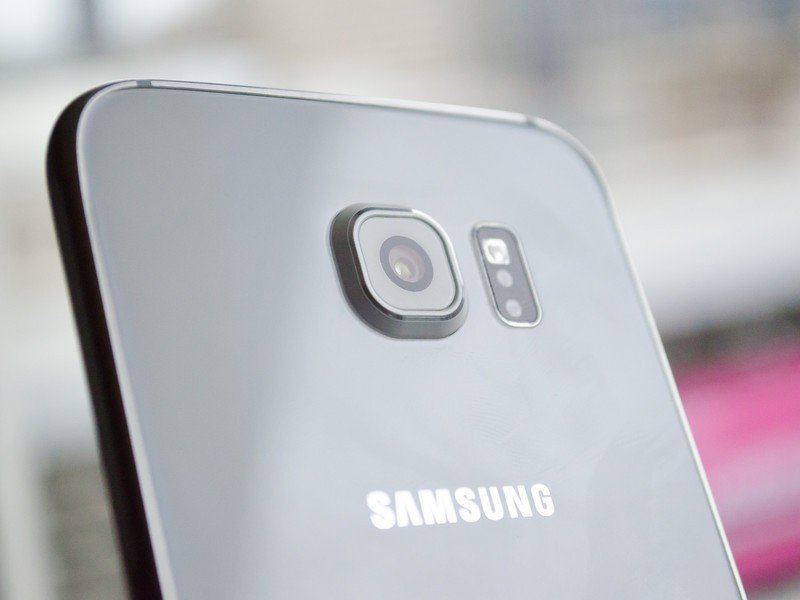
The goal of this comparison is to see how both phones handle photography in a few different situations while handheld, in full automatic mode, with auto HDR enabled. This best represents the way smartphones are used for pictures — pick out a scene, take out the phone and snap a picture.
For reference on some of the shots, we also took the same photo with an Olympus E-PL5 camera using a 25mm f/1.8 lens to give you a better feel for the scene. None of the photos were edited after capture or cropped, though we've chosen to change the Galaxy S6 to a 4:3 aspect ratio (in the camera settings) to match the iPhone 6 and Olympus camera.
As a warning, you may notice slight differences in framing between shots due to the photos being taken by hand and the differences in focal lengths between the cameras. All images will be shown side-by-side and properly labeled — click each image to view it larger in the window, and use the arrows on the picture to see the comparison picture. Due to web page restrictions the images are limited in their size, but you can view and download high-resolution versions from this Google+ post.
A note for mobile users: Due to the number of images, the comparison will be best viewed on a computer and will not fully load in the Android Central App. Our apologies — we hope you can view the full story on a computer!
Be an expert in 5 minutes
Get the latest news from Android Central, your trusted companion in the world of Android
Daylight photos
When it comes to photography, the more light you have the more forgiving the scene is. Most modern smartphones are pretty solid in these well-lit situations, and as long as the software processing doesn't go overboard you can get an accurate shot. The big difference comes in the extra bit of processing to get the right white balance, the proper sharpening and enough extra contrast so that the picture is pleasing to the eye. Nowadays its also important how often and when the phone chooses to shoot in HDR, which can fix some of the issues associated with taking smartphone photos.
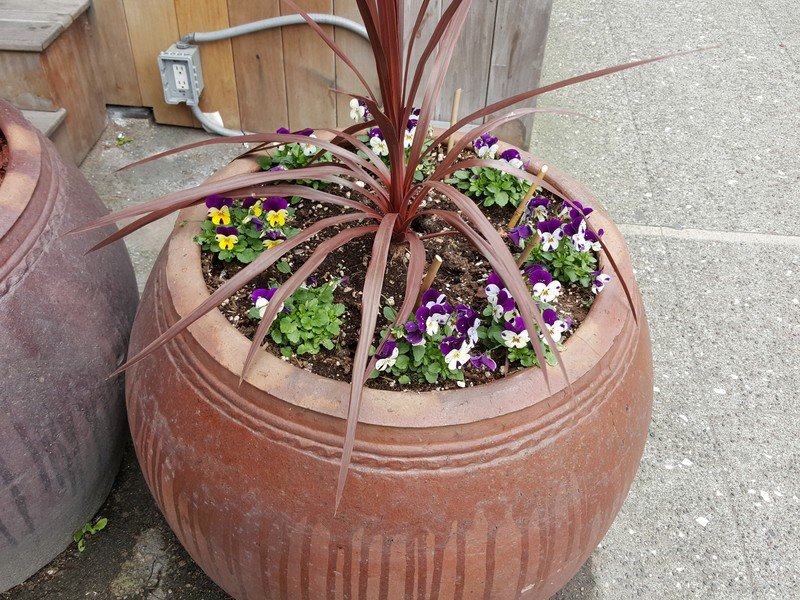
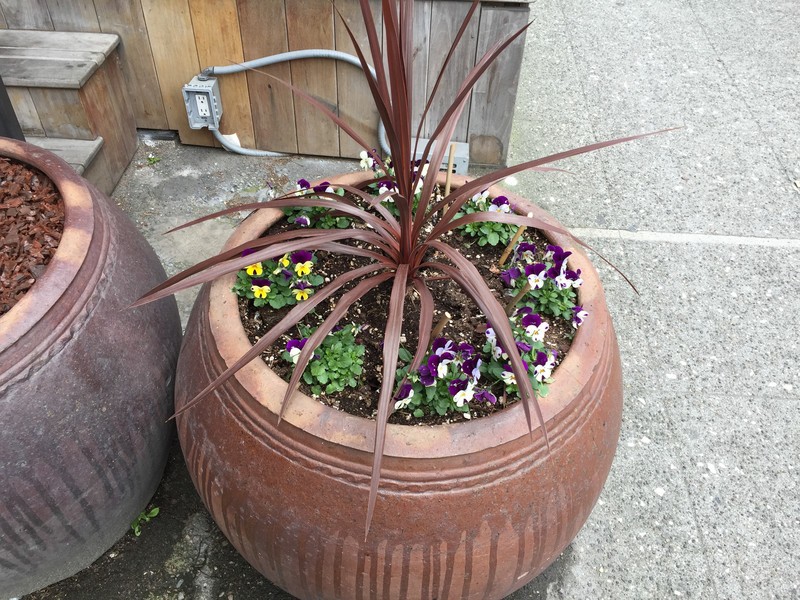
Galaxy S6: left / iPhone 6: right
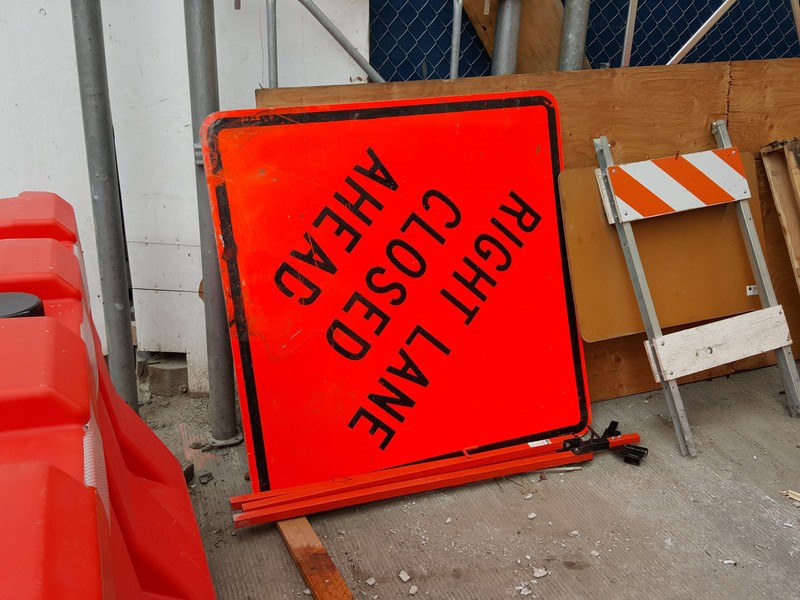
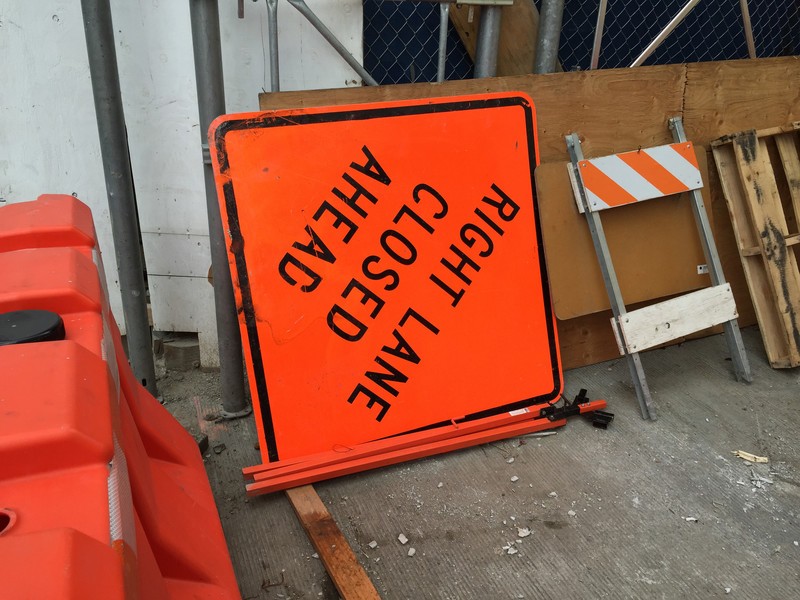
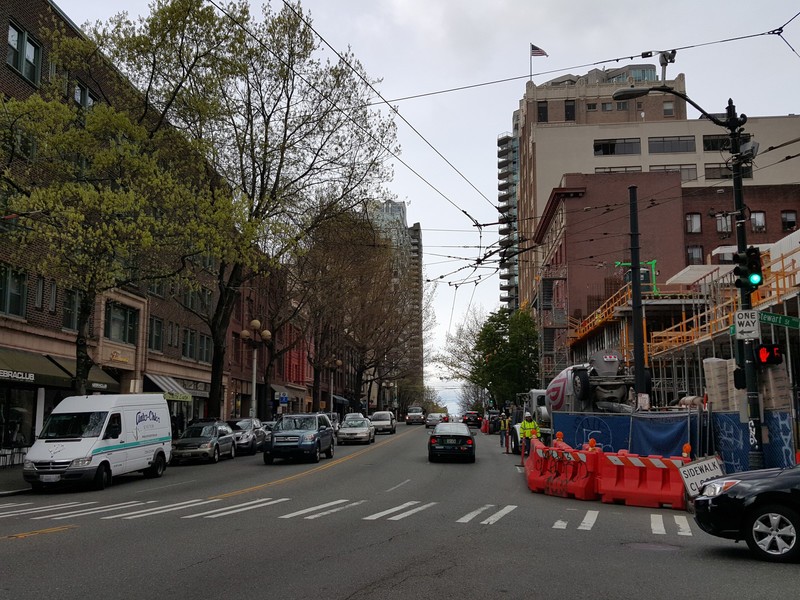
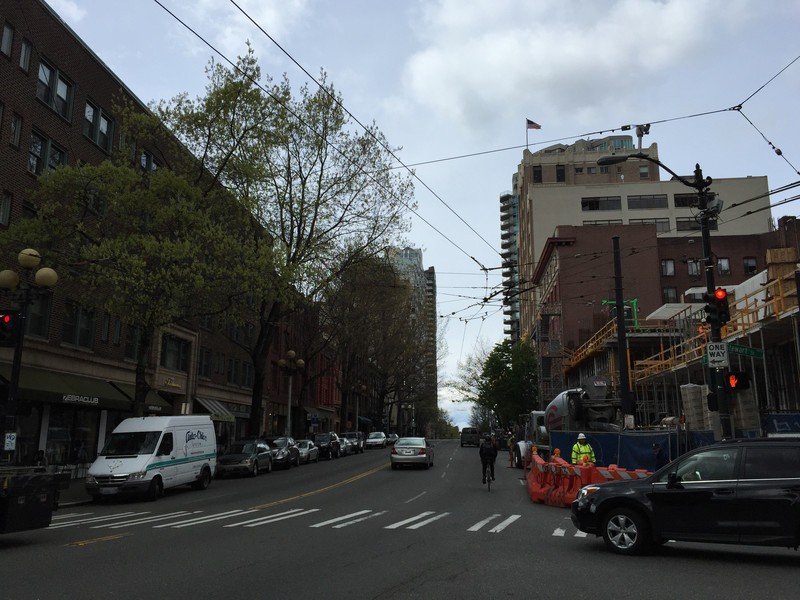


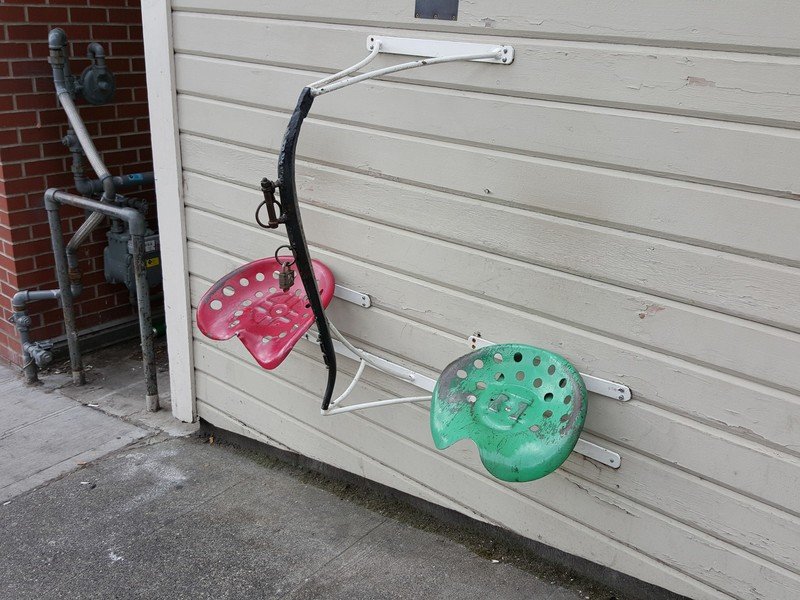
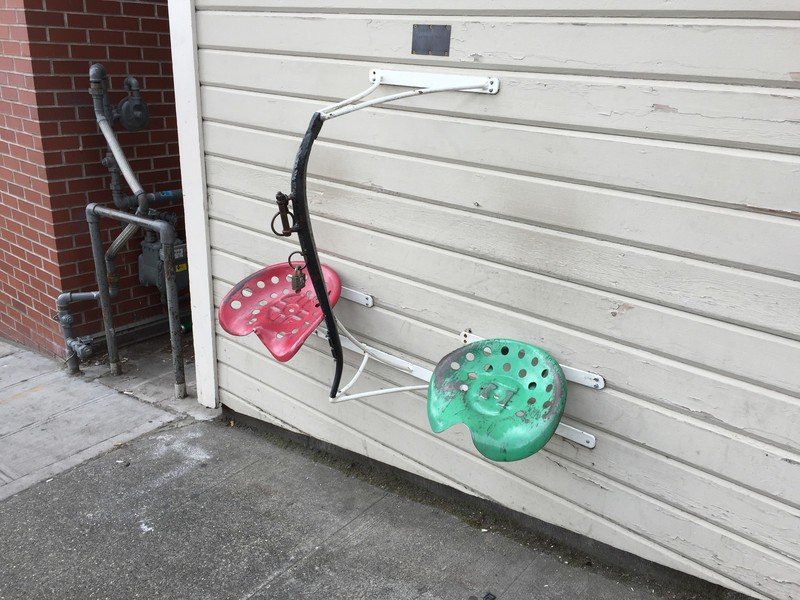


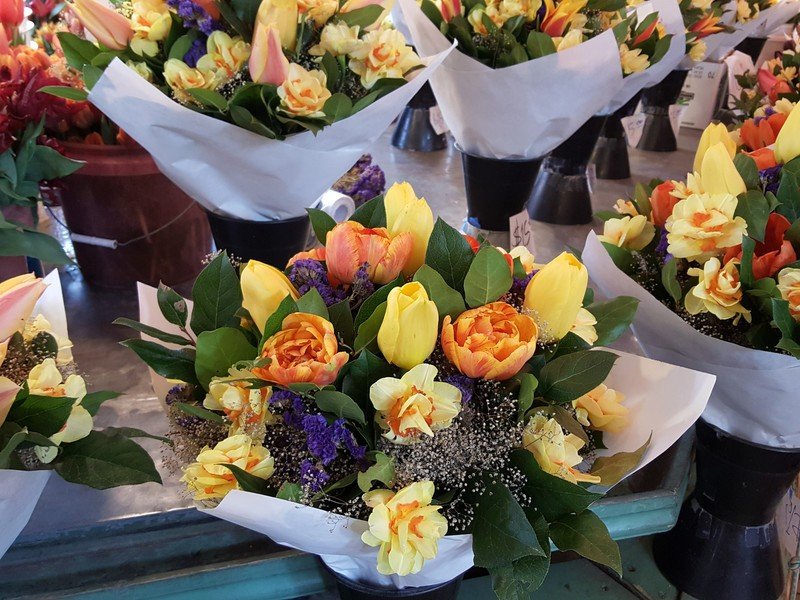



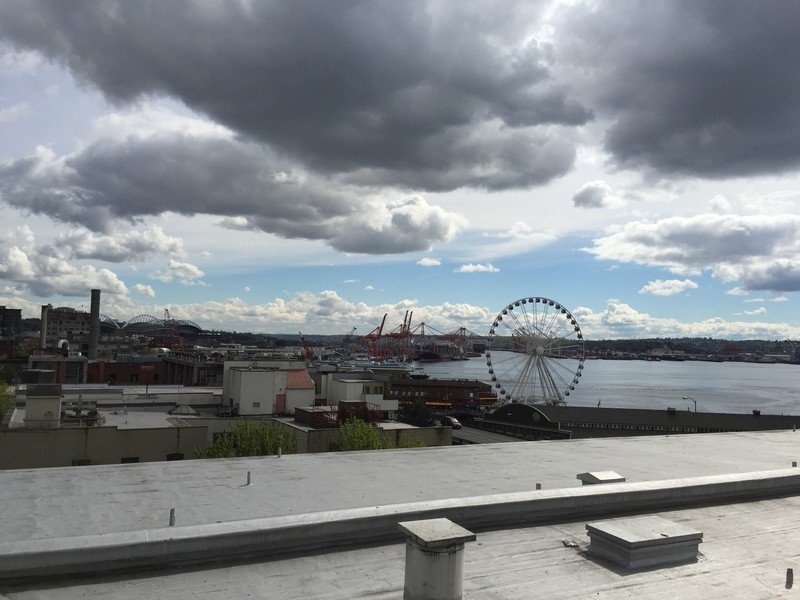
Galaxy S6: left / Olympus: center / iPhone 6: right
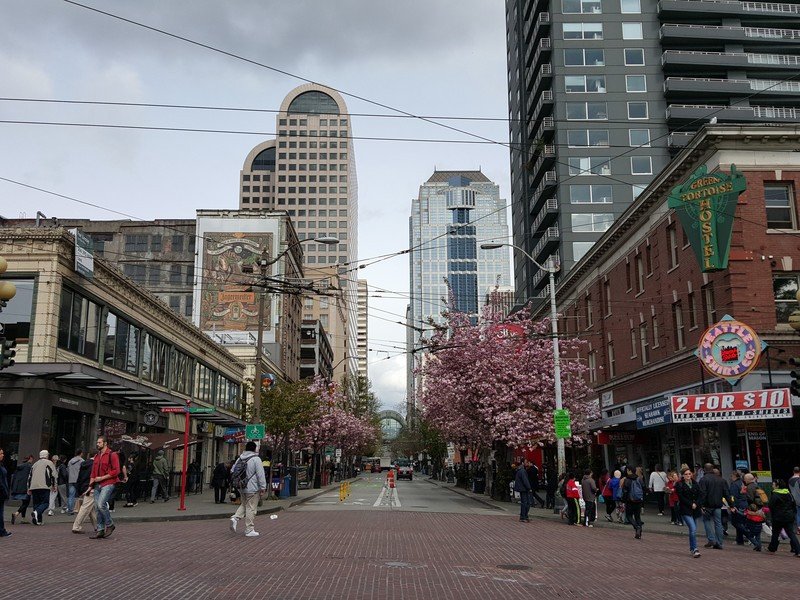
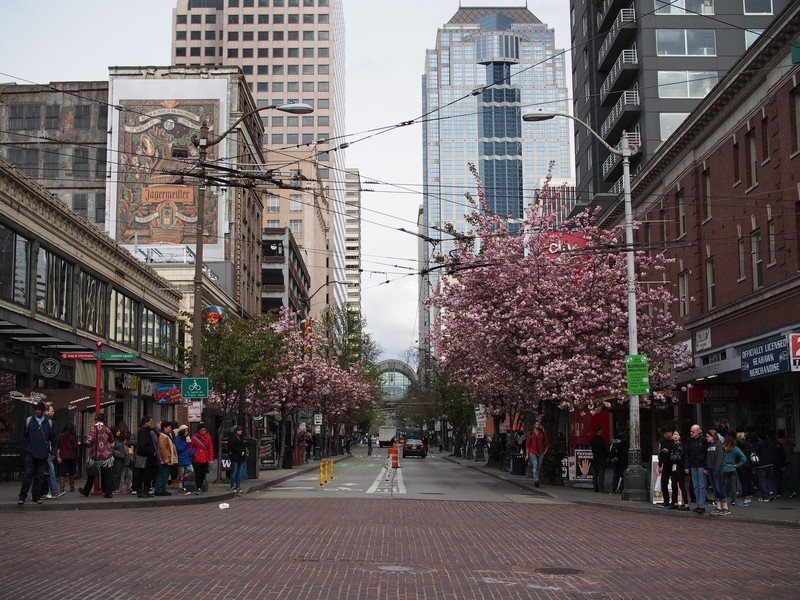



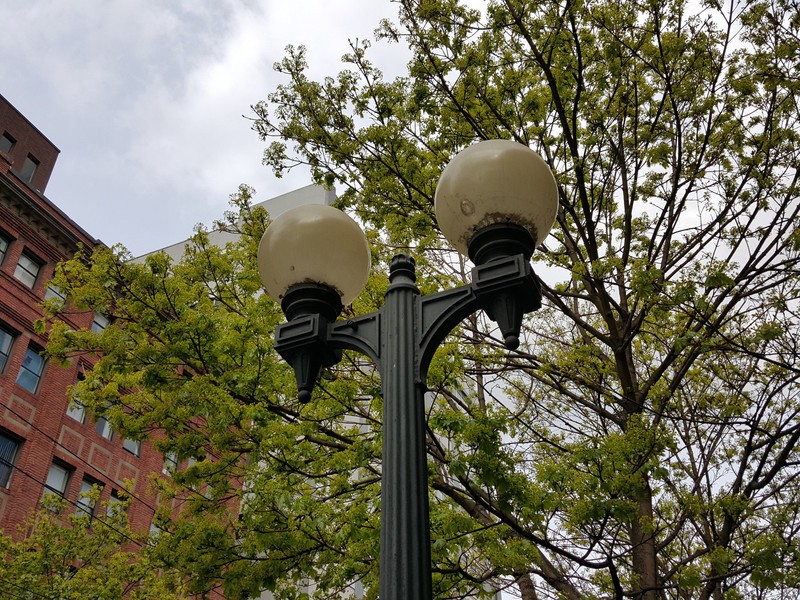
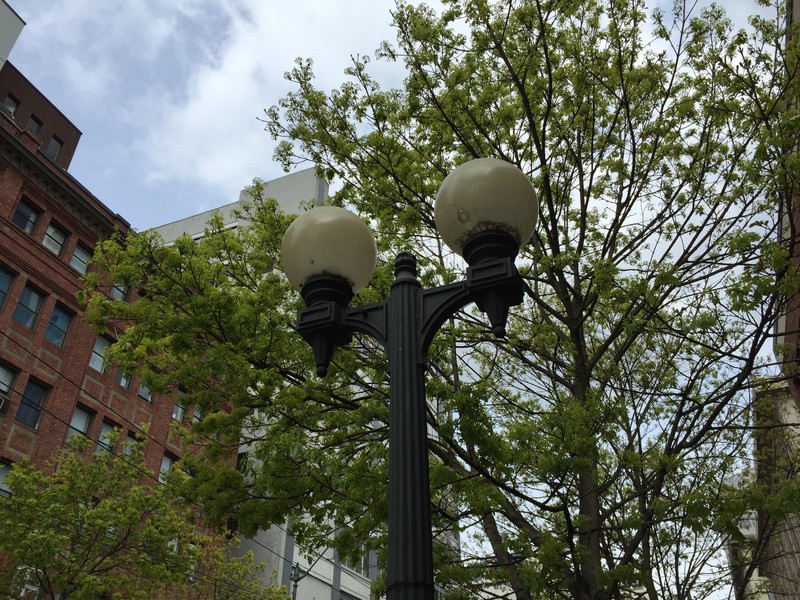

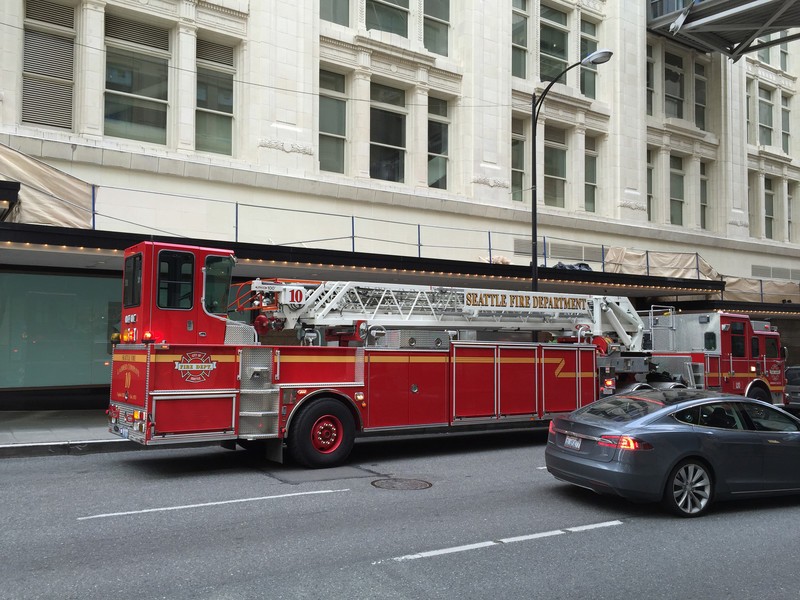
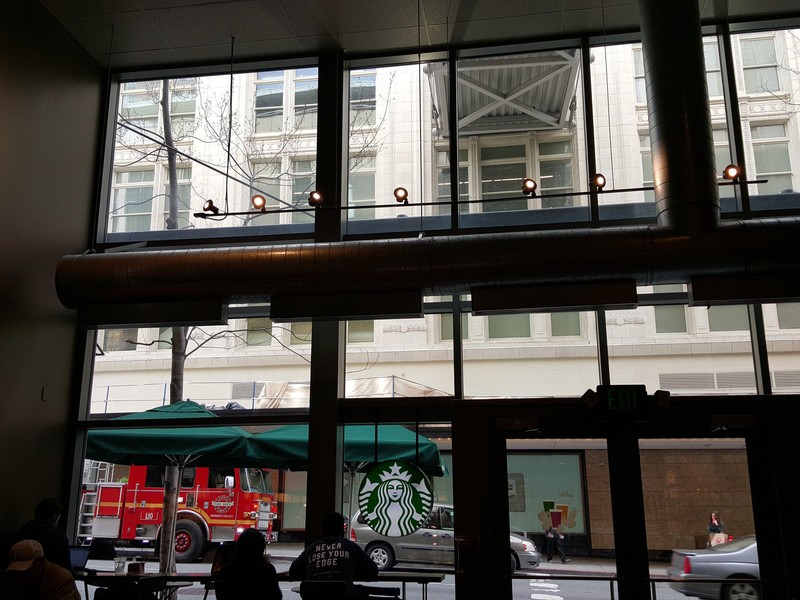
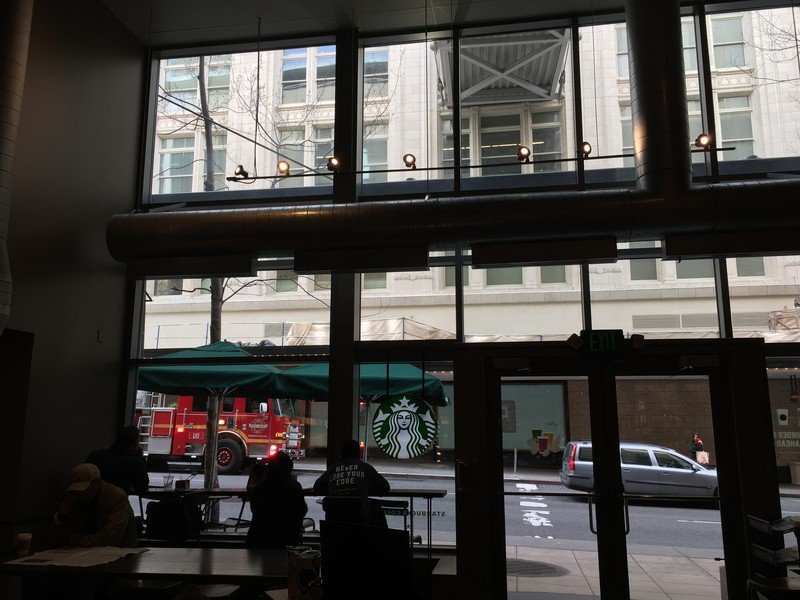
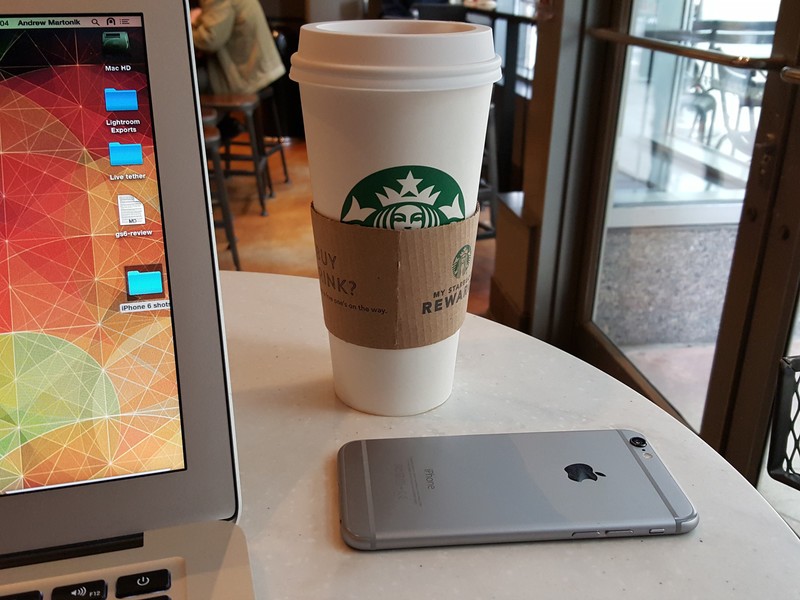

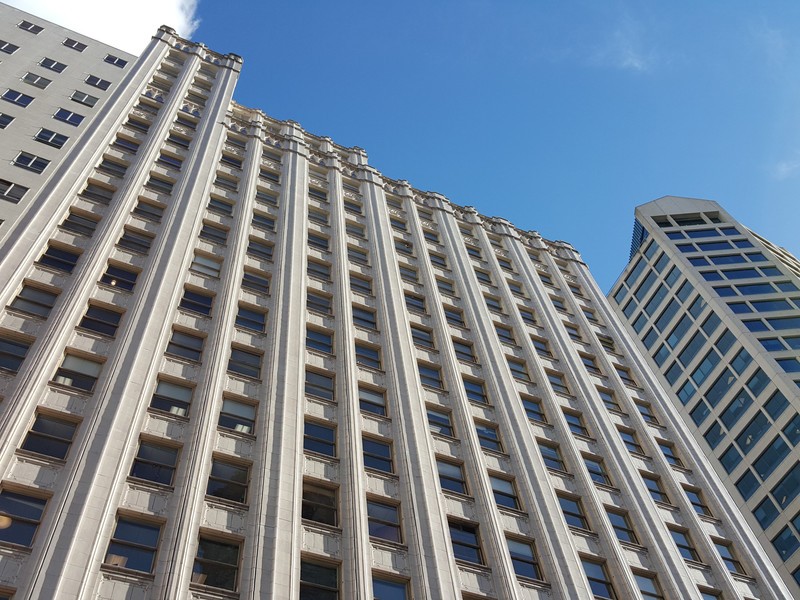
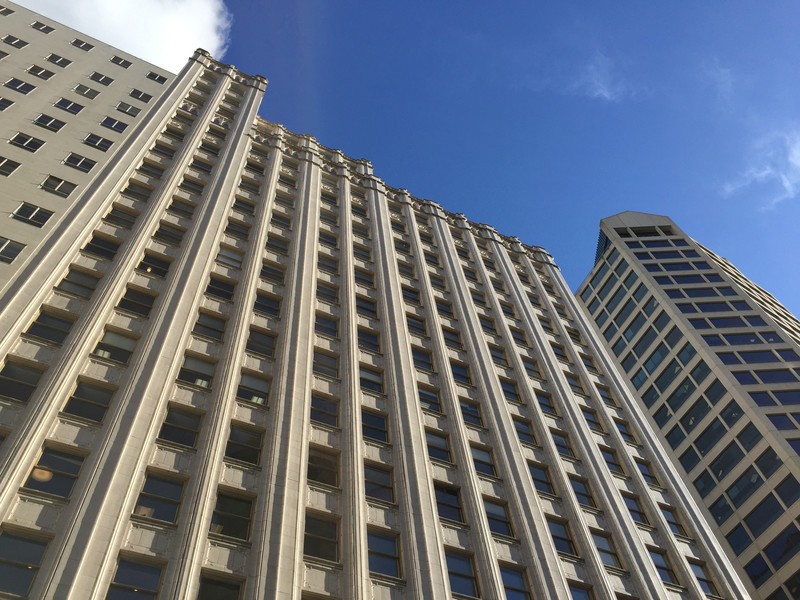

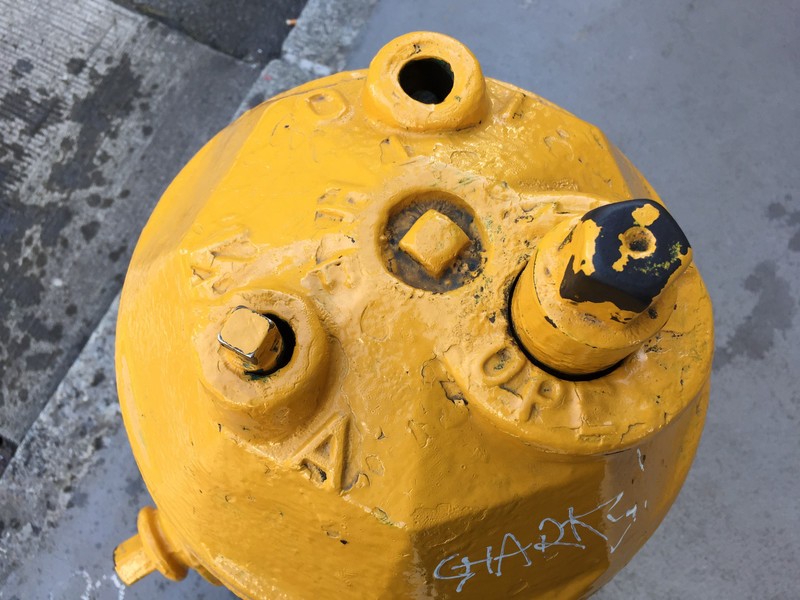
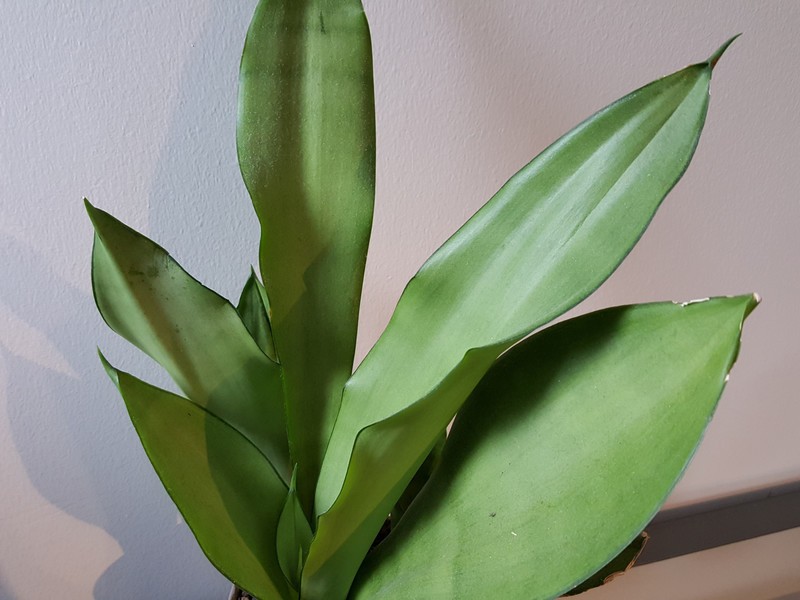
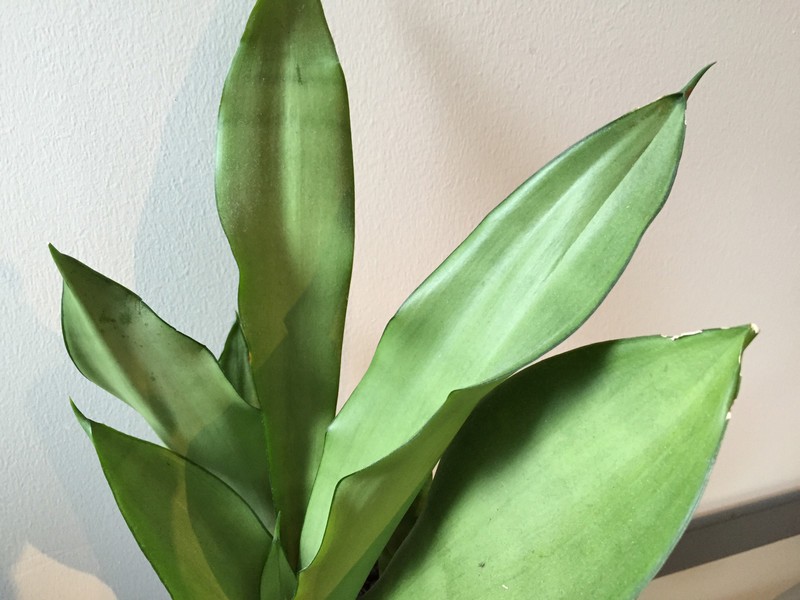
Taken on their own, anyone would be happy with each of the pictures shown above — it's only when you set the pictures side-by-side that you can pick out the differences. The most noticeable difference at first glance being white balance — the Galaxy S6 tends to produce warmer images, while the iPhone 6 is a bit on the cooler side of things. Warmer images are usually preferable to most people, and from all of these shots we can't say there's a single one that's too warm.
In our sample shots the Galaxy S6 generally produced the brighter of the two photos, but never so bright that it felt unnatural. This was particularly noticeable in scenes with shadows or varying light intensities. Both the GS6 and iPhone 6 took amazingly clear photos in good light, but the GS6 took things to the next level when it comes to sharpness. If there's one knock on the GS6 its that colors were sometimes just slightly over-saturated, which in combination with the warm white balance sometimes went overboard — the iPhone 6 instead kept colors rather muted and natural.
Even though pictures from both phones look great when viewed independently and blown up to a large size, you can notice the differences between the two phones and we have to give the nod to the Galaxy S6 in good lighting conditions. Although shots were a little warmer than the iPhone 6, every picture was sharp, clear and packed with detail while also being appropriately bright and colorful.
Winner: Galaxy S6, by a tight margin
Low light photos
While innovative software and some neat tricks can produce great images when there's plenty of light, there's no way to completely replace hardware when taking low light pictures. When there's minimal light available a larger camera sensor is always better, but not always possible in a thin smartphone. In order to make up for that shortcoming Optical Image Stabilization (OIS) is often included to reduce camera movement and allow for shorter shutter speeds, as are faster (read: lower f-stop number) lenses. The Galaxy S6 has OIS and an f/1.9 lens, while the iPhone 6 doesn't have OIS (which is only offered on the much larger 6 Plus) for its slightly slower f/2.2 lens.
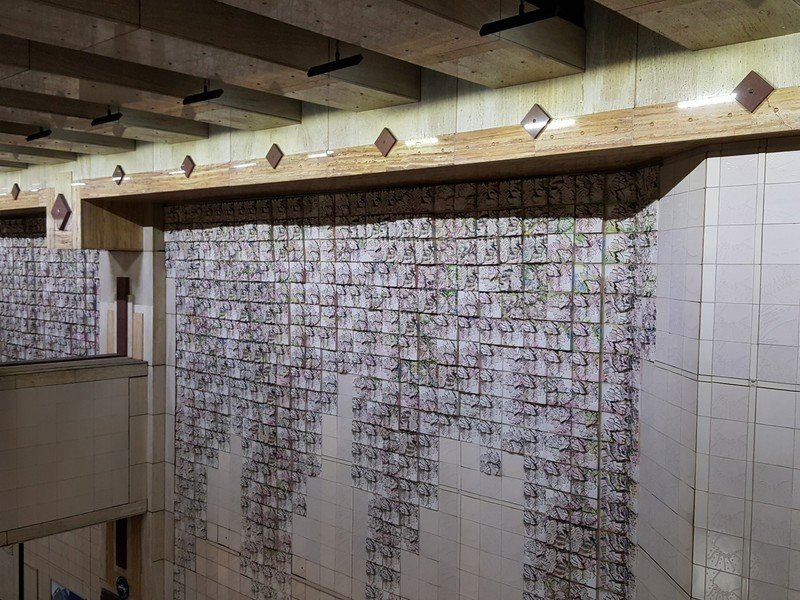
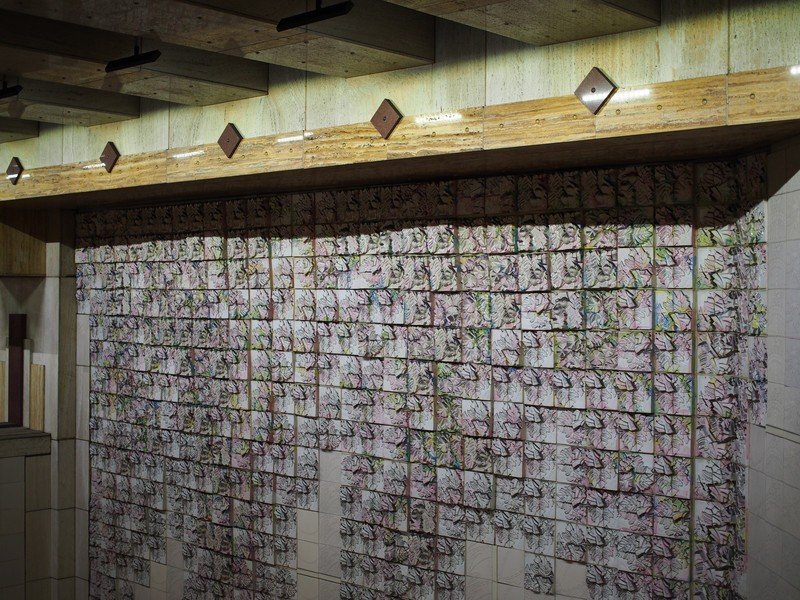
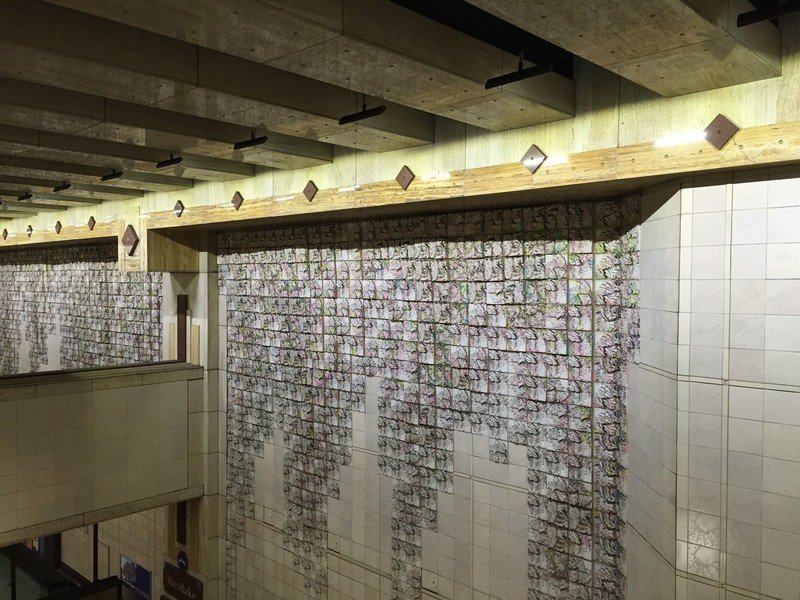
Galaxy S6: left / Olympus: center / iPhone 6: right


Galaxy S6: left / iPhone 6: right
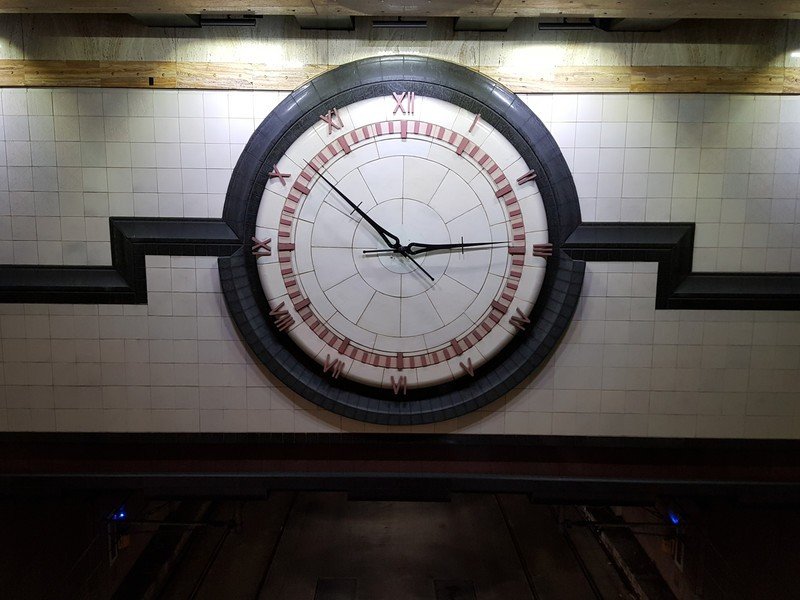
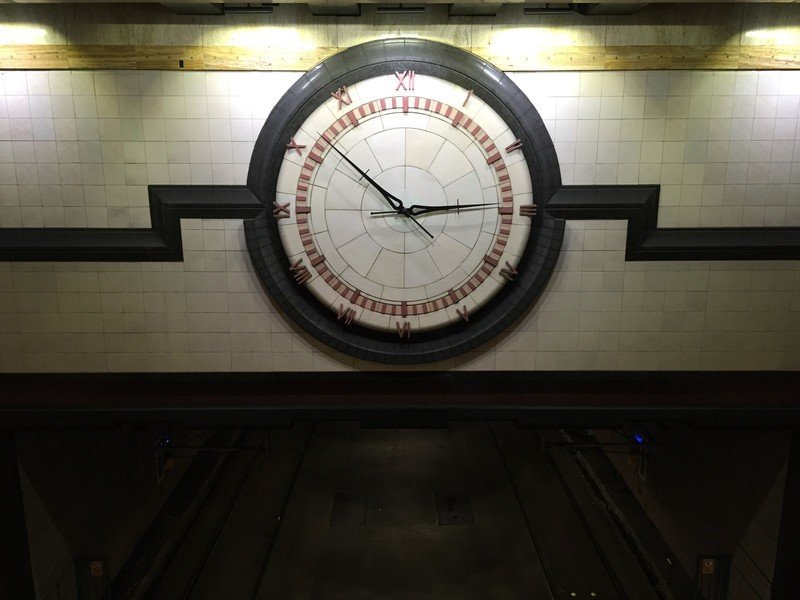
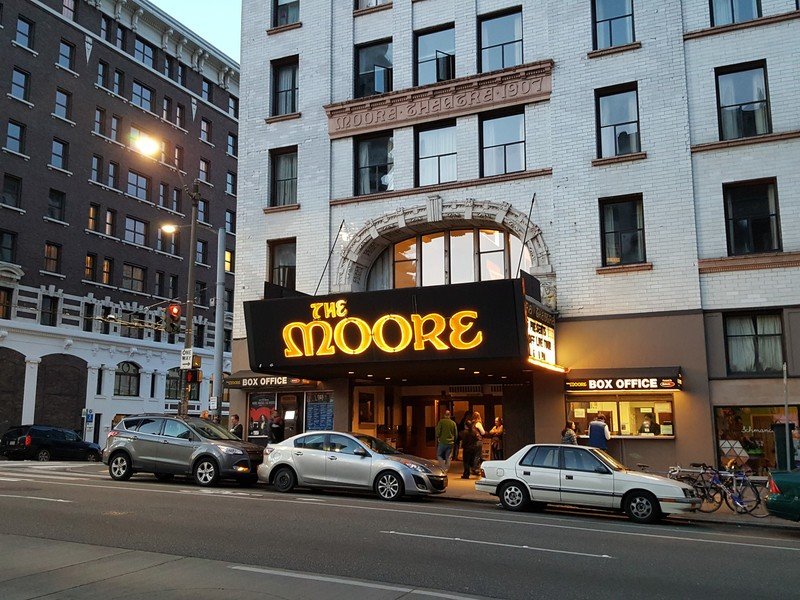
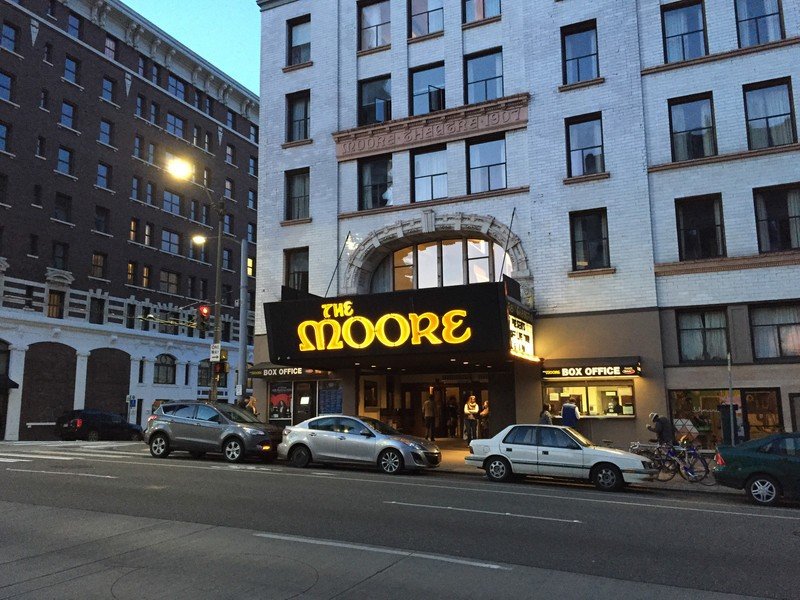
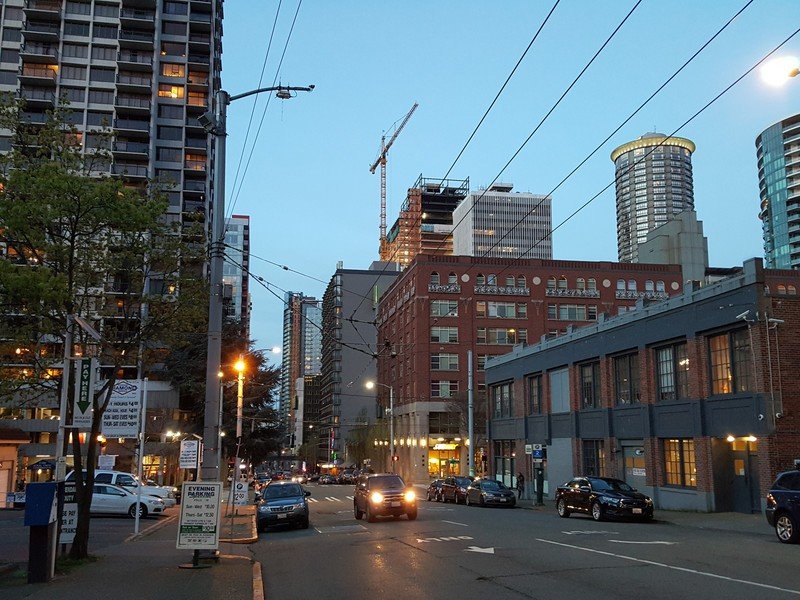
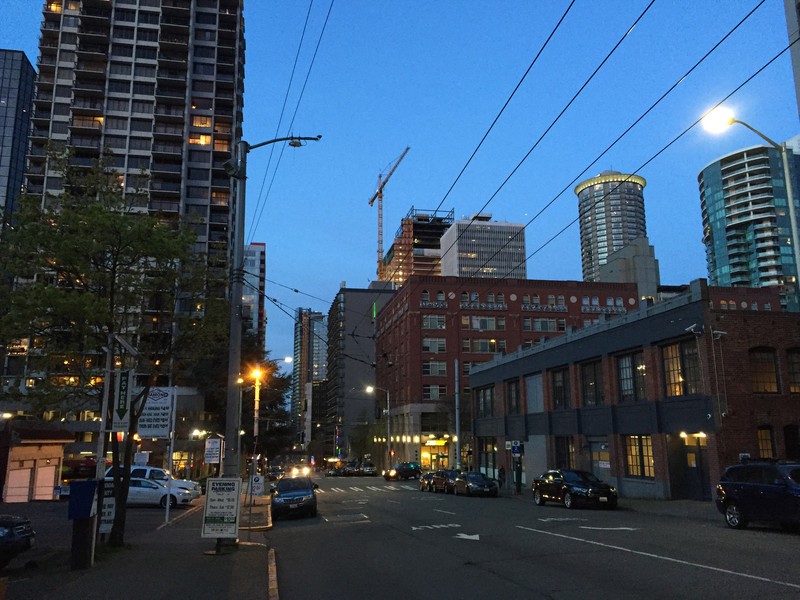
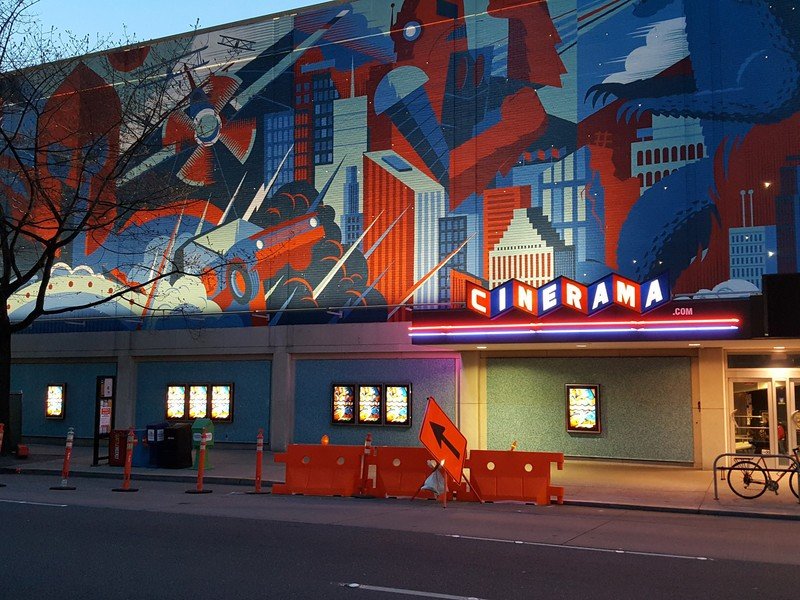

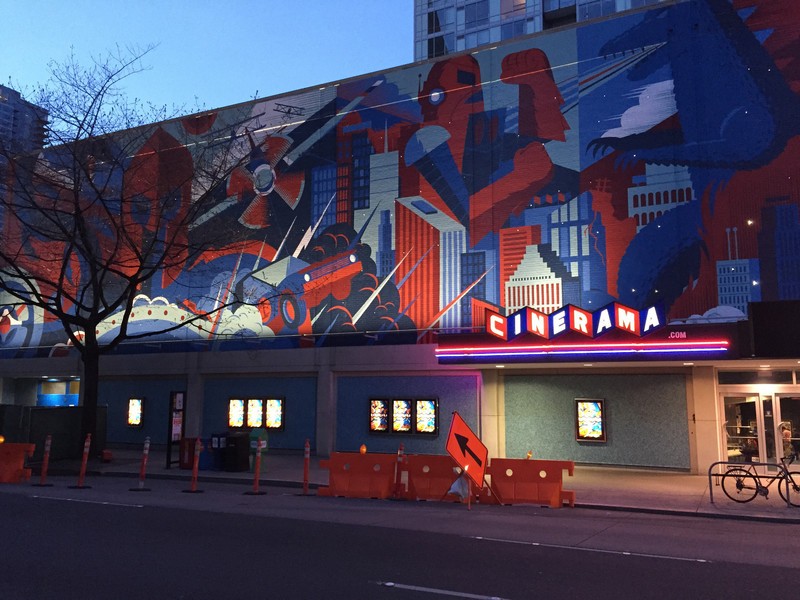

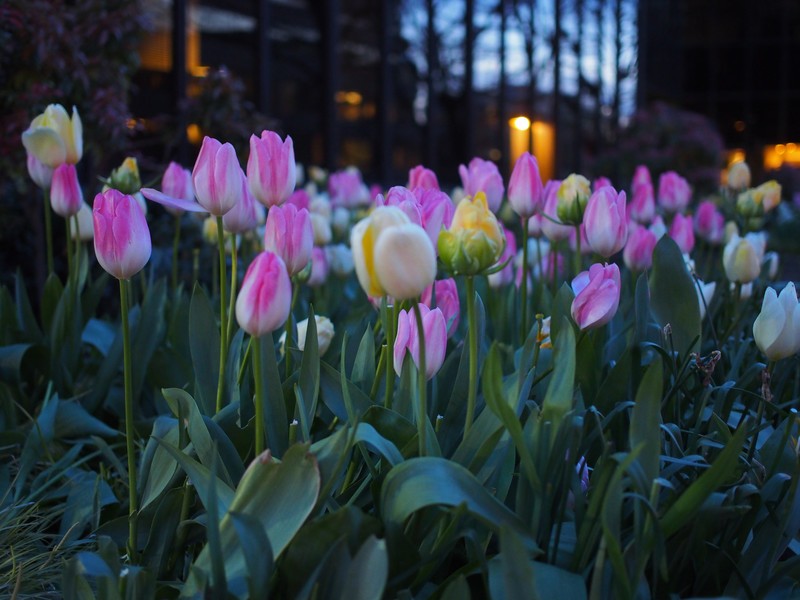
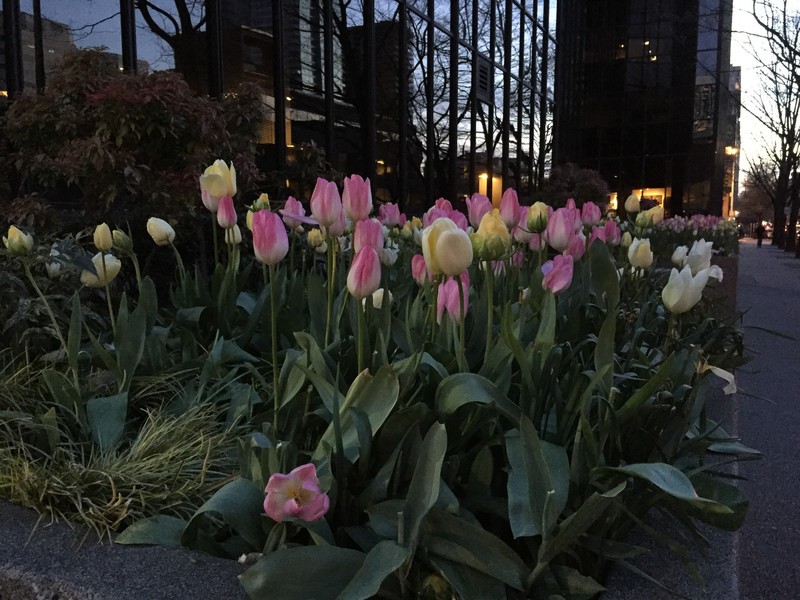
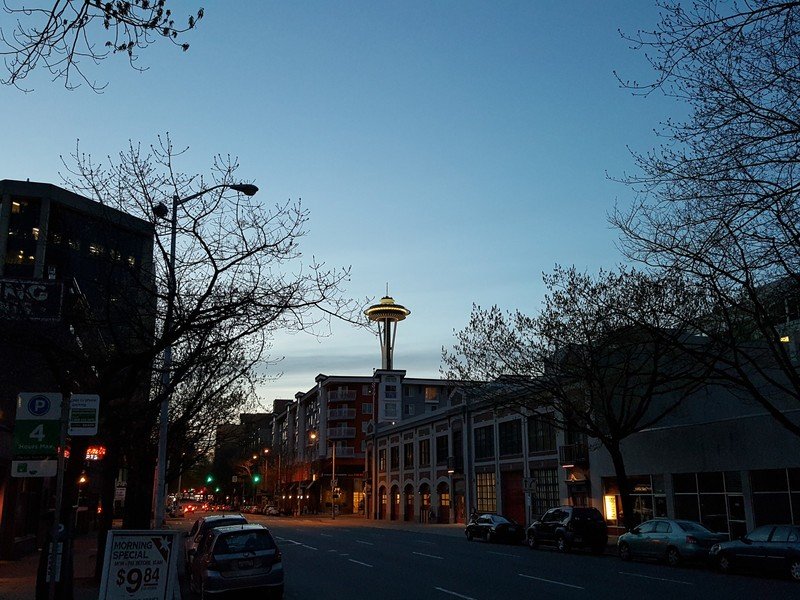

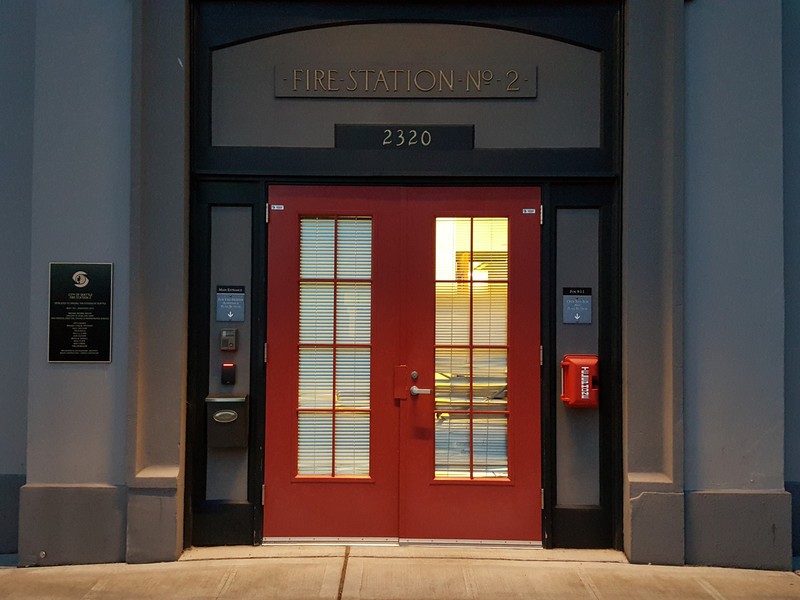
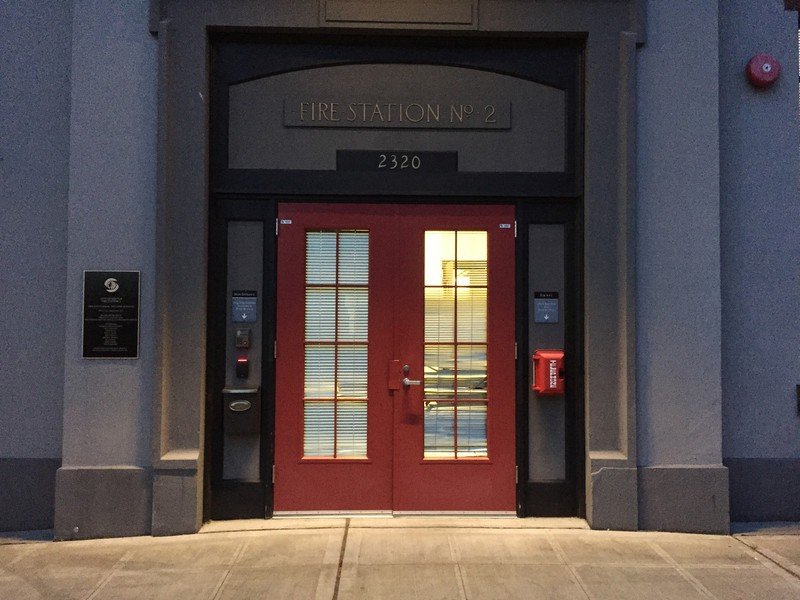
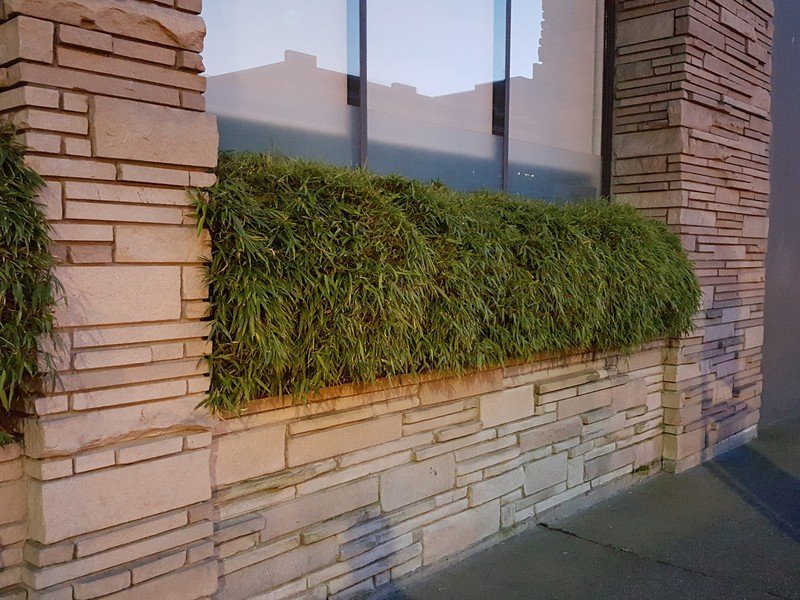
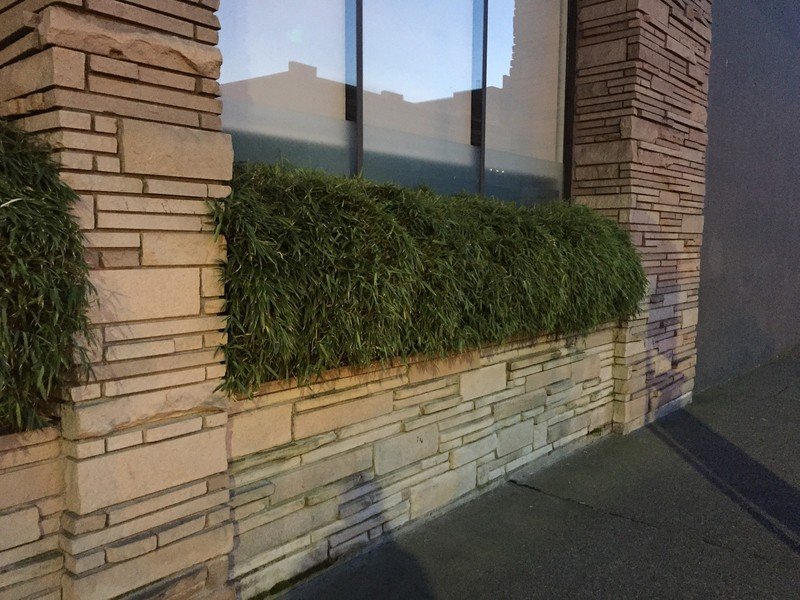
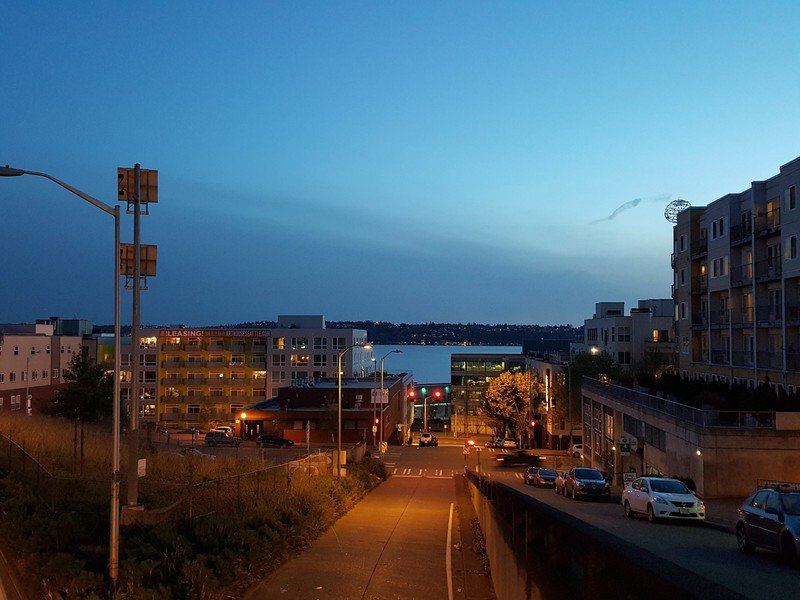


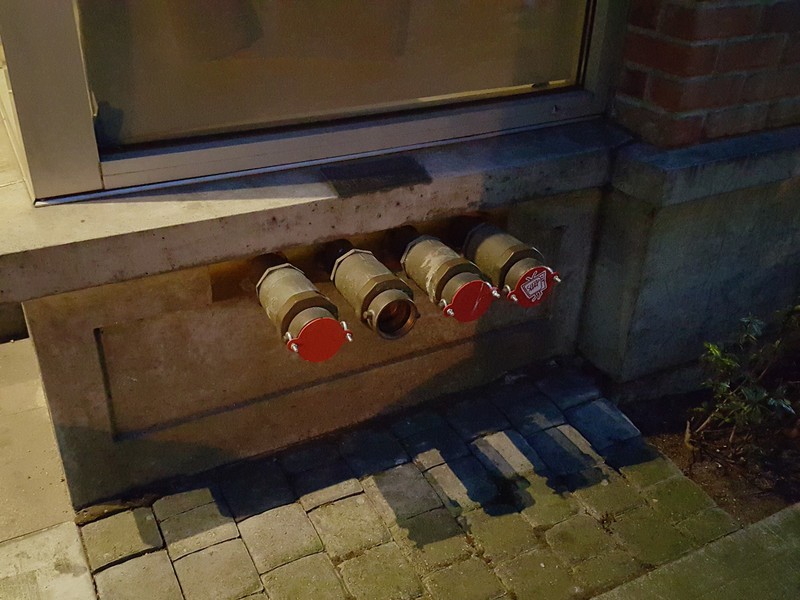
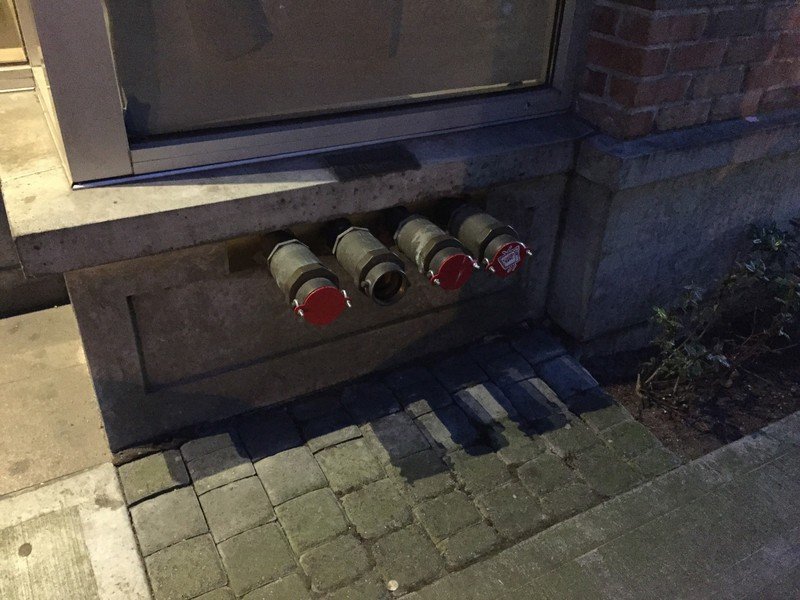
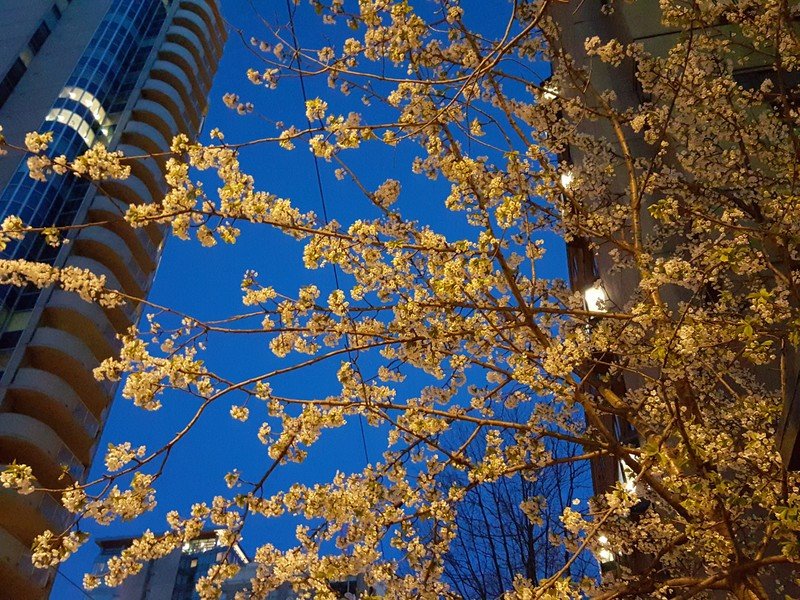
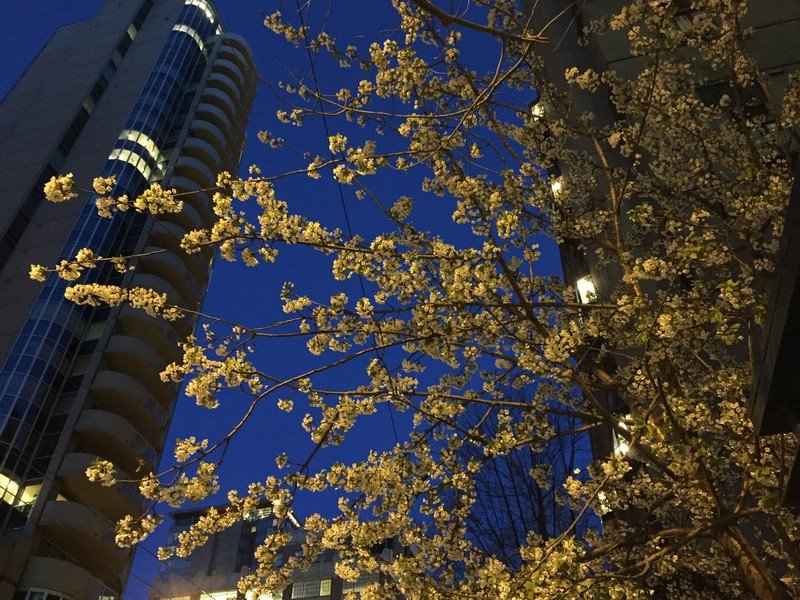
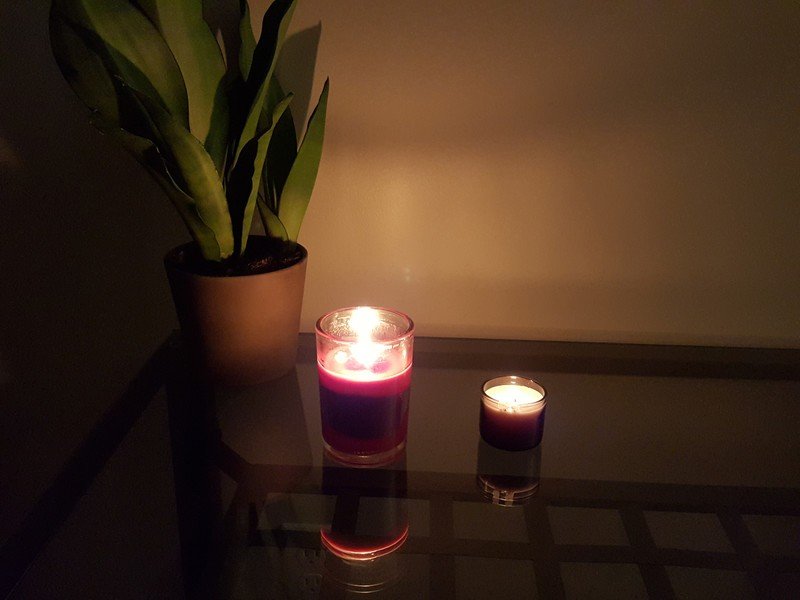
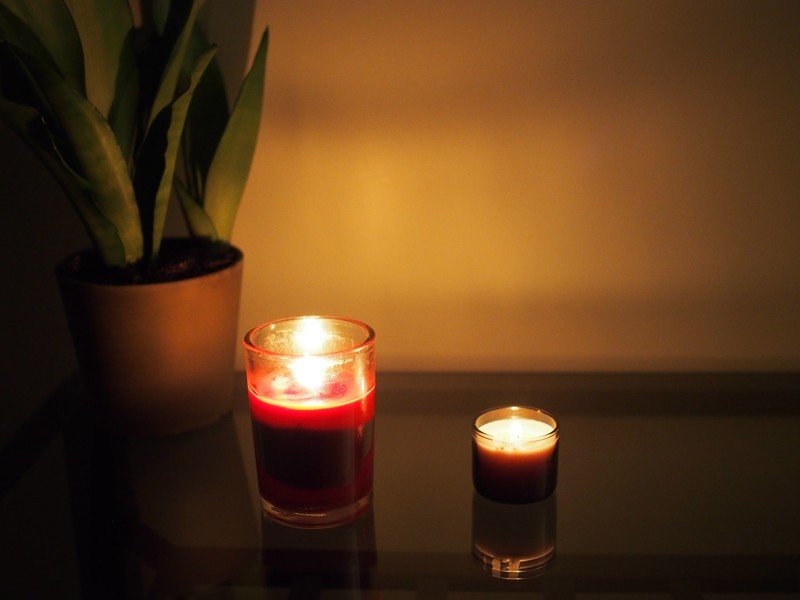
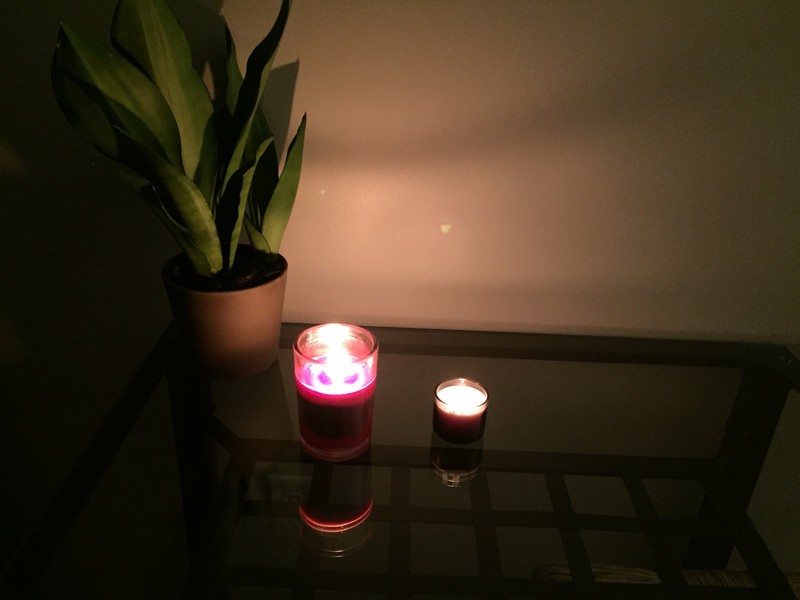
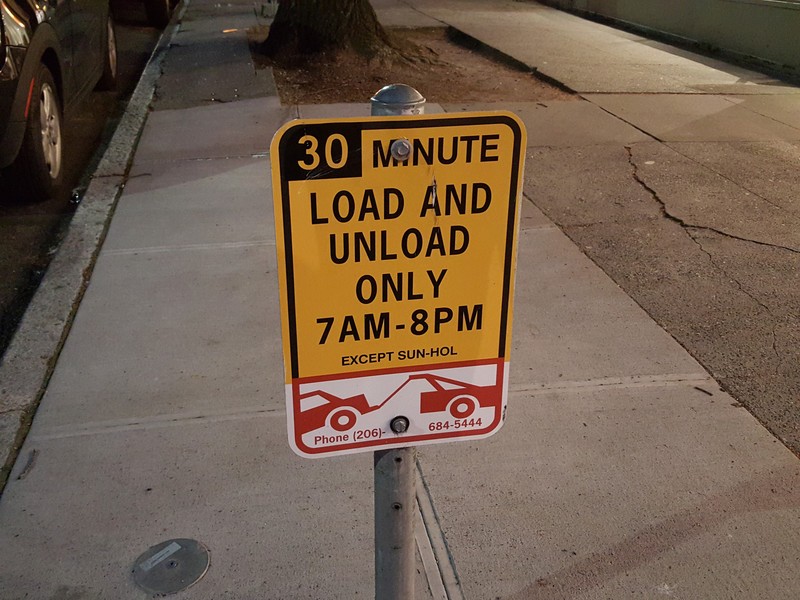
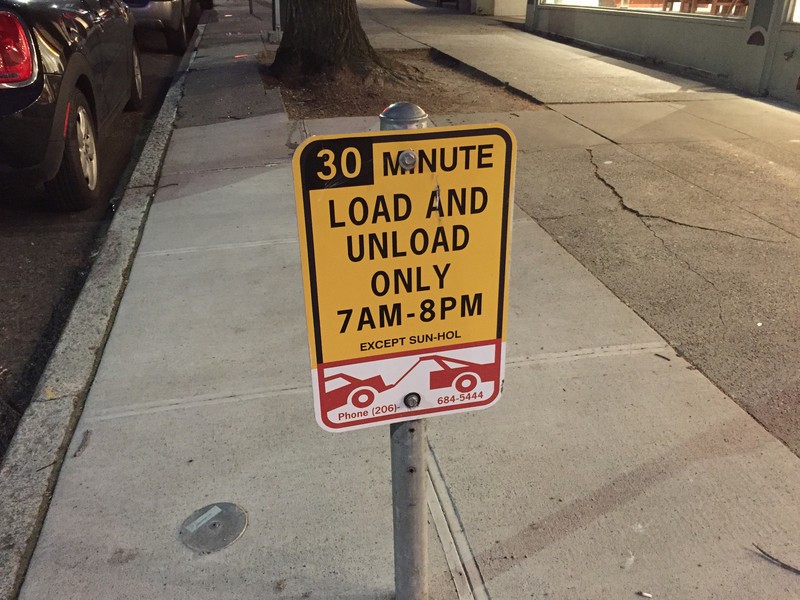
The Galaxy S6 definitely has the hardware advantage here when it comes to low light photos, and it looks like Samsung has also set up the software to use it. The inclusion of OIS and a really fast lens lets the Galaxy S6 take pictures at a slower shutter speed and lower ISO, which keeps things smooth while still offering brightness. As you can see the GS6 took some surprisingly good photos that were relatively low in noise and good in terms of colors. On the other hand, the iPhone 6 required a faster shutter and higher ISO for almost every one of the above pictures to make up for its slower lens and lack of OIS — that led to noisier photos with less contrast, and a couple shots that just weren't acceptable.
Again the GS6 tended to produce warmer images, though not every picture had this warmer white balance. The iPhone also had more of a variation in white balances, but still leaned toward cooler images. In a few of the shots the GS6 did go too bright with its processing as if it were trying to make the shot more like the daytime rather than being authentic to the scene and taking an accurately-bright photo with better colors and contrast. The iPhone 6 had no real choice other than to take dark photos to reduce the chances of blur caused by hand motion, but in this case the software just couldn't overcome the obstacles and put out shots with more grain and less contrast.
Comparing photos from both smartphones to the photos taken with the standalone Olympus camera showed just how poor smartphone cameras do in low light compared to dedicated camera hardware (as we expected), but there's no other conclusion to come to here — the Galaxy S6 outdoes the iPhone 6 in just about every low light situation. Photos were brighter, smoother and still retained decent color reproduction in low lighting conditions.
Winner: Galaxy S6, not even close
Camera experience and software
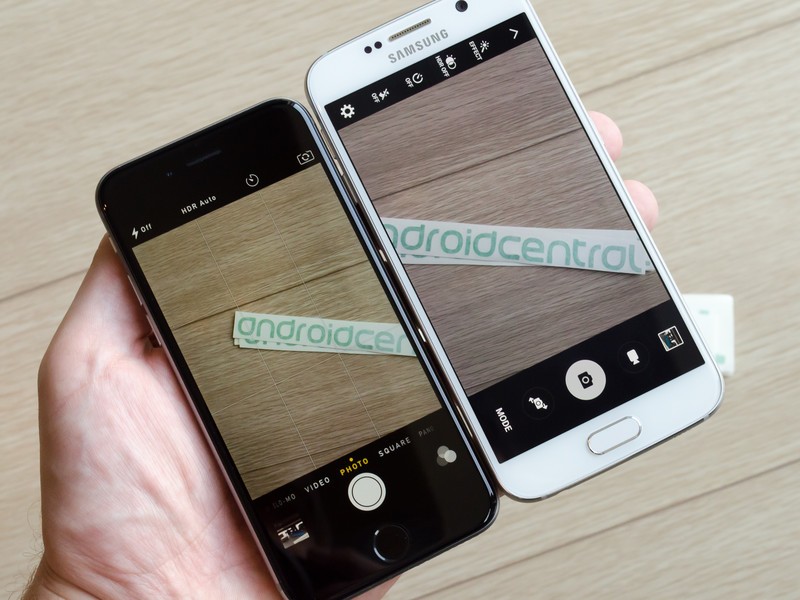
The photo results are of course the most important part of a camera, but it isn't the whole story — the camera interface is also important to consider. Samsung has done a good job in refining and simplifying its camera interface with the Galaxy S6, and Apple has been adding a few key features to the camera in iOS 8 on the iPhone 6.
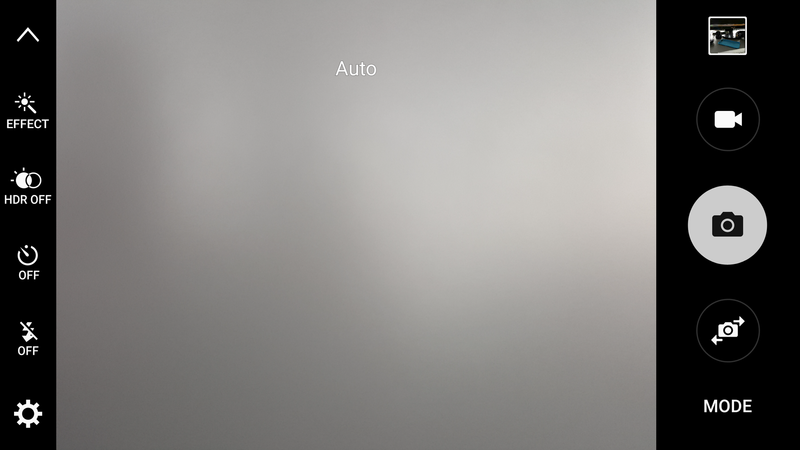
The Galaxy S6 far and away provides the most options in its camera, letting you quickly toggle often-used features right on the camera but also jump into the settings to change tiny details such as video resolution, stabilization, grid lines, voice control, different capture modes and your picture resolution. And that's before your toggle to the "Pro" mode, which gives you the ability to set your focal length, white balance, ISO and EV manually — and then make a custom preset based on your favorite settings.
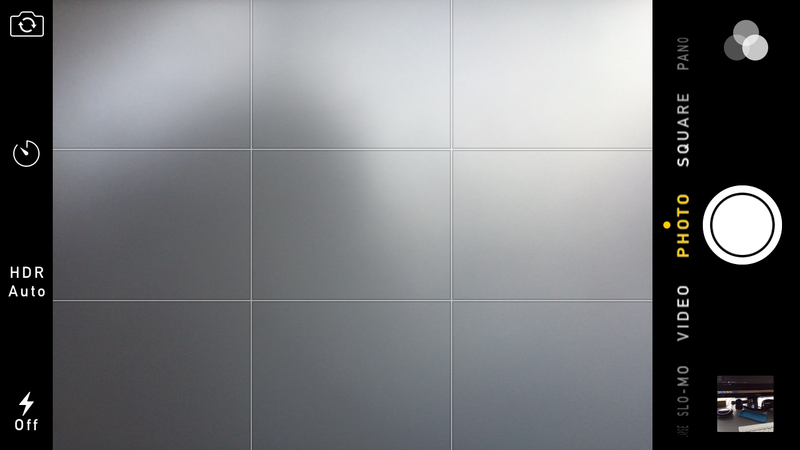
The iPhone 6, on the other hand, couldn't be simpler to use. There are no deep settings aside from toggling viewfinder grid lines and saving original photos when in HDR mode, and everything you can do with the camera is right in the main interface. You can quickly toggle HDR modes, the flash and live filters, as well as switch to a square crop, panorama, video, slow-motion and time-lapse with simple swipes.
In terms of simple use for capturing quick shots in auto mode, both phones will accomplish that goal with flying colors — the interfaces are easy to understand and navigate. Of course when you want to get more advanced and tweak some camera settings the Galaxy S6 is the only one that offers it, but not that many people will stray from the main automatic mode in the first place considering the quality of shots they can get in auto.
We must also quickly mention the differences in photo sharing, which is a big part of taking photos. Of course the design of Android allows you to share photos to any app that determines it can handle images, which means you can share any way you want at any time directly from the camera. On the iPhone 6, you'll be stuck sharing to only certain apps or jumping out of the camera and into the app you want to share to.
The one place where the Galaxy S6 pulls slightly ahead is in terms of quick camera launching. Two presses of the GS6 home button launches the camera at any time, even while locked, in less than a second — the iPhone requires you turn on your phone and swipe up on the lock screen, or swipe up to access Control Center and tap the camera icon. In mobile photography every second counts and the GS6 saves you seconds — though it isn't a deal-maker, it does matter.
Winner: Draw, personal preference
Which camera wins?

We've spent plenty of time using both the Galaxy S6 and iPhone 6 for photography and have taken wonderful photos with both cameras. In order to get a good comparison between the two we put them head-to-head on the same subject matter in automatic mode to see just what they could do without extra user interaction, and both had their strong points.
The Galaxy S6 takes amazingly clear and crisp photos in the daytime, with plenty of light filling the frame and really bright colors all around. It does produce a warmer white balance, though, which sometimes makes photos deviate from reality. When it comes to low light the white balance isn't as much of an issue, and the inclusion of OIS and an f/1.9 lens gives the GS6 the tools it needs to take great low light photos in nearly all situations. Photos have very little noise, are color-accurate and only occasionally are over-brightened by the software.
The iPhone 6 takes realistic and consistent photos during the day, with a more natural white balance and accurate colors overall. Unfortunately photos from the iPhone 6 just aren't as bright as the Galaxy S6 in the same lighting conditions, which sometimes makes you lose important details. In low light the lack of OIS really shows on the iPhone 6's pictures, with increased noise and lower contrast being the main pain points. The slightly slower f/2.2 lens just doesn't let in as much light either, which hurts the final product.
Though the daytime performance is good on both, the Galaxy S6 edges out the iPhone 6 just slightly. In lower light the GS6 widens the gap between the two cameras with superior photos. With camera interfaces from both phones being easy to use and powerful, that part of the comparison was a push. Add up those three conclusions and you get to the final result of this camera comparison — the Galaxy S6 is the winner.
Winner: Galaxy S6, with the best overall experience
Another reminder that if you you wish to view and download full-resolution versions of all the images here, you can get them in this Google+ post.
Andrew was an Executive Editor, U.S. at Android Central between 2012 and 2020.

